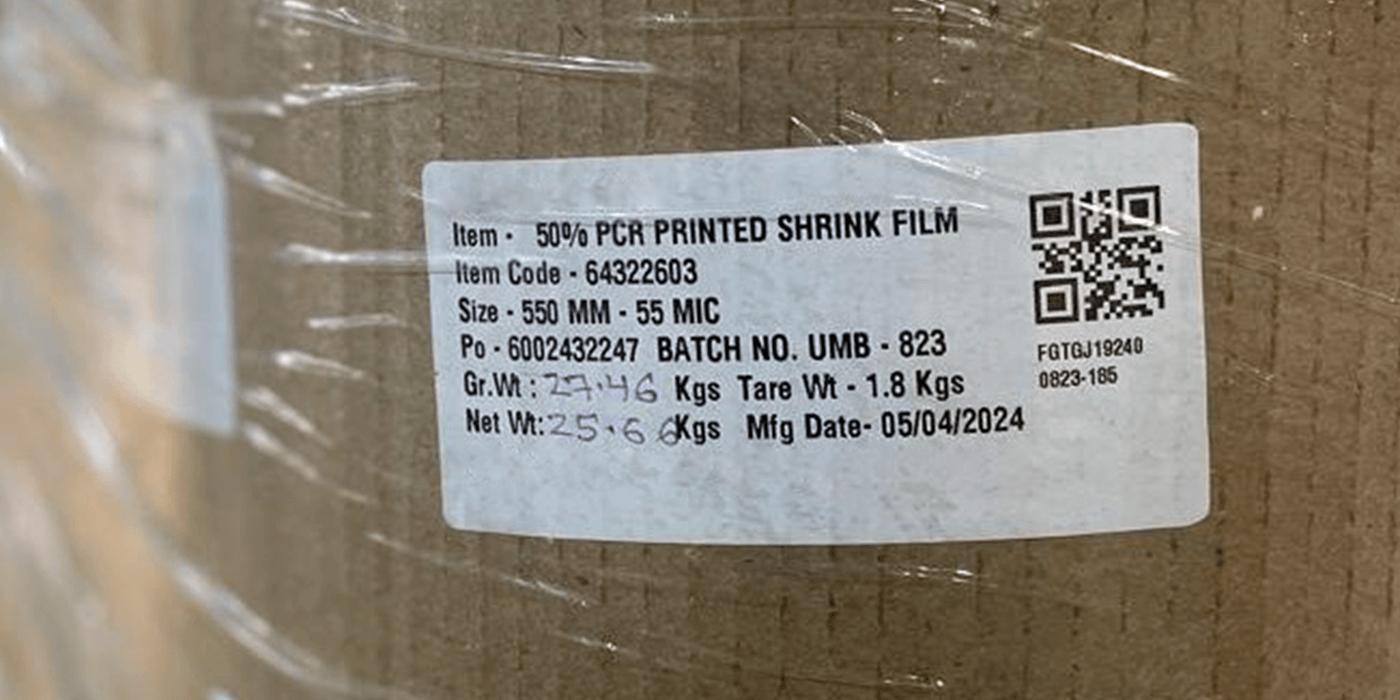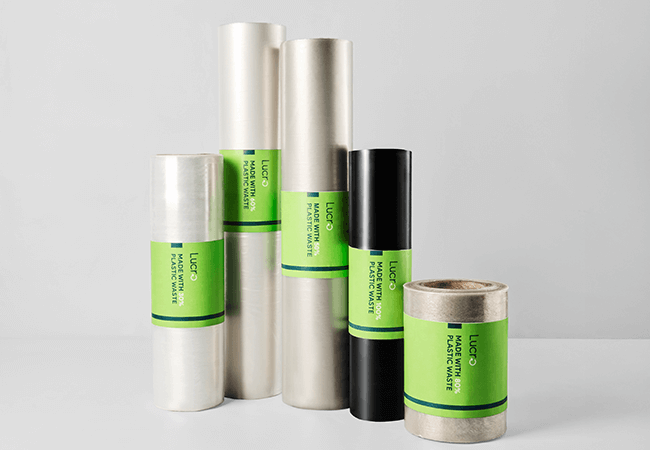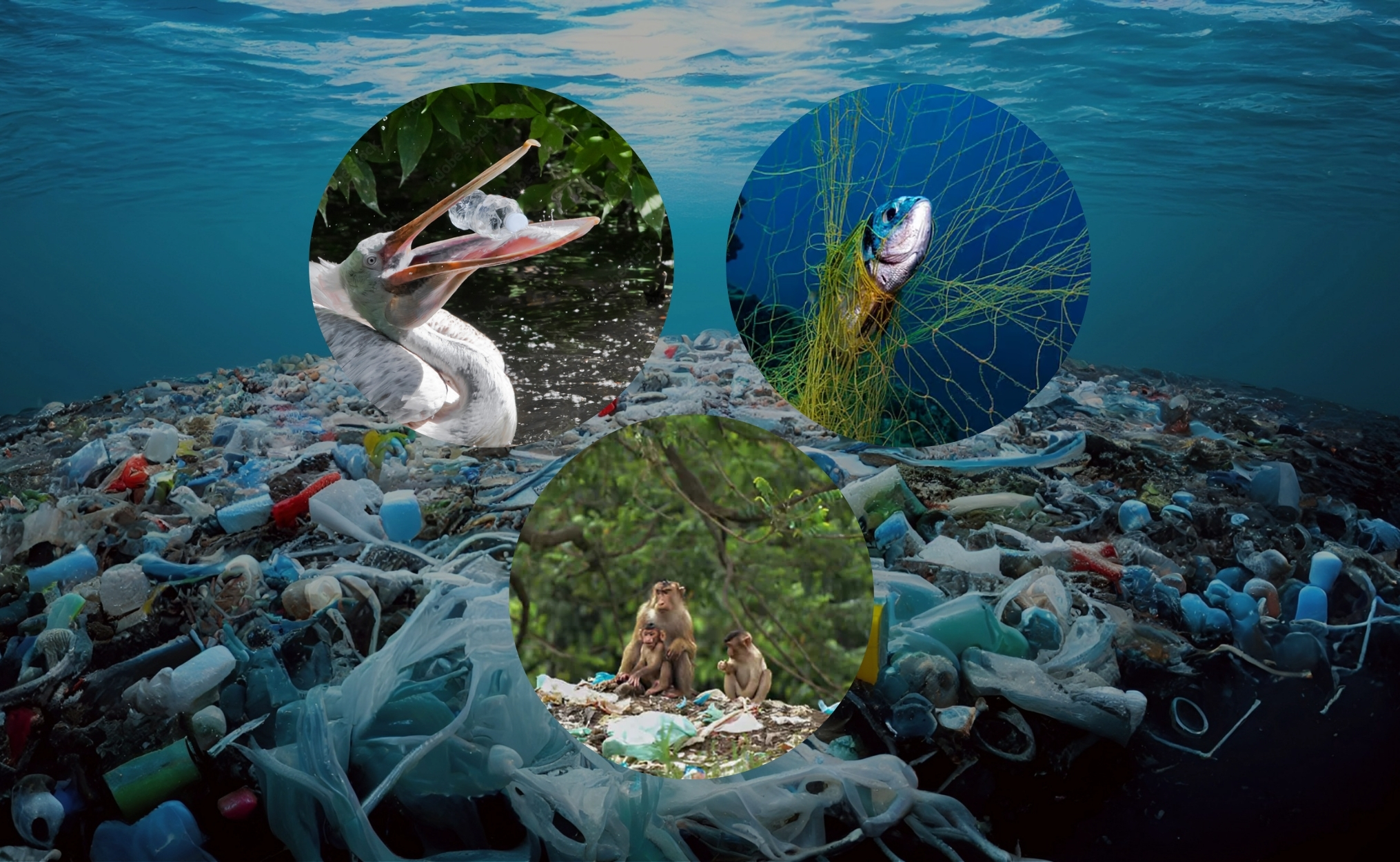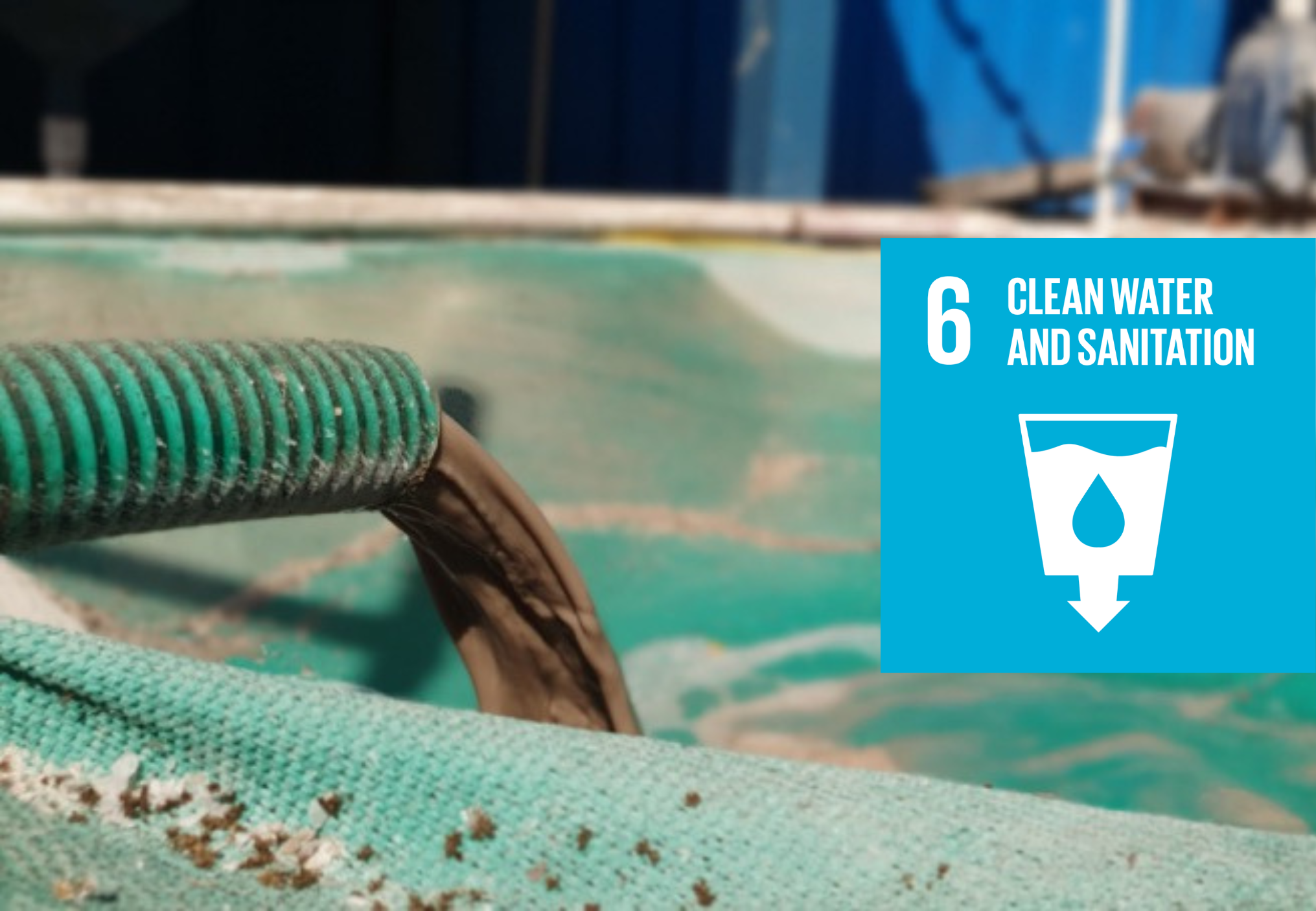From Waste to Worth: How Lucro has built a Fully Traceable Waste Supply Chain
As a company leading the transition from virgin to recycled plastic, we are not only committed to developing innovative, circular packaging—but also to operating in a way that’s environmentally responsible, socially conscious, and built for long-term impact. Through a combination of operational excellence, responsible sourcing, stakeholder engagement, and data-driven governance, we are working to create a truly sustainable and transparent value chain.
The environmental footprint of industrial operations is a growing global concern. According to the UN Environment Programme (UNEP), buildings and their construction are responsible for 36% of global energy use and 39% of energy-related CO₂ emissions. We understand that every unit of energy consumed or wasted directly contributes to this problem.
Some of the biggest challenges in today’s waste management landscape isn’t collection and recycling—it’s trust. Whether you’re a consumer trying to make responsible choices, or a business aiming to meet sustainability goals, the lack of transparency in waste systems makes it nearly impossible to know what really happens to your waste once it's out of sight.
We have always strived to build a supply chain that is built on accountability, traceability, and data-backed transparency. That's why we’ve invested in creating a fully traceable waste supply chain—one that not only tracks material but also empowers every stakeholder in the loop.
For most consumers and businesses, waste is a black box. Once it’s collected, there’s no way to know:
Our Initiatives:
- Machine optimization: Monthly machine utilization reports ensure efficient capacity use, minimizing idle time and energy waste.
- Preventive maintenance: We maintain and upgrade equipment proactively to reduce energy losses from friction and outdated systems.
- Environmental compliance: Monthly site audits, regular interaction with environmental regulators, and real-time tracking of emissions and energy consumption ensure we remain aligned with national and global standards (ISO 14001, SDG 12, SDG 13).
- Continuous decibel monitoring is carried out on our factory floors to ensure safe sound levels. Employees working near high-decibel equipment are mandated to wear ear protection such as earplugs. (Aligning with SDG 3 Good Health and Well-being) and our commitment to a safe, humane workplace.
- As part of our health and safety agenda, noise levels and mitigation are regularly reviewed by the Environment & Workplace Safety Committee, with improvement actions tracked.
Greenwashing is widespread, trying to combat which the Government of India has rightly issued new guidelines to stop misleading environmental claims. According to the new guidelines verifiable transparency is no longer a nice-to-have—it’s a must.
The waste supply chain isn’t like any other. It involves dozens of touchpoints—from waste pickers, to municipal waste recovery facilities, to numerous collection centers to segregation, washing, recycling, and final product manufacturing. Most off-the- supply chain softwares readily available never address the needs of this ecosystem. It failed to capture the ground realities, the various aspects that were peculiar to this supply chain, and the nuanced flow of materials. For us, generic systems didn’t deliver true traceability—they only scratched the surface.
To fix this, Lucro didn’t just adopt a system—we helped built one. We use Satma CE, an operational software built specifically for circular economy materials. This platform has transformed the way we operate—connecting every stage of our supply chain with real-time data, GPS-tagged images, and digitally verified records.
- Where it goes
- How it’s processed
- Whether it’s actually recycled
- What its environmental impact is
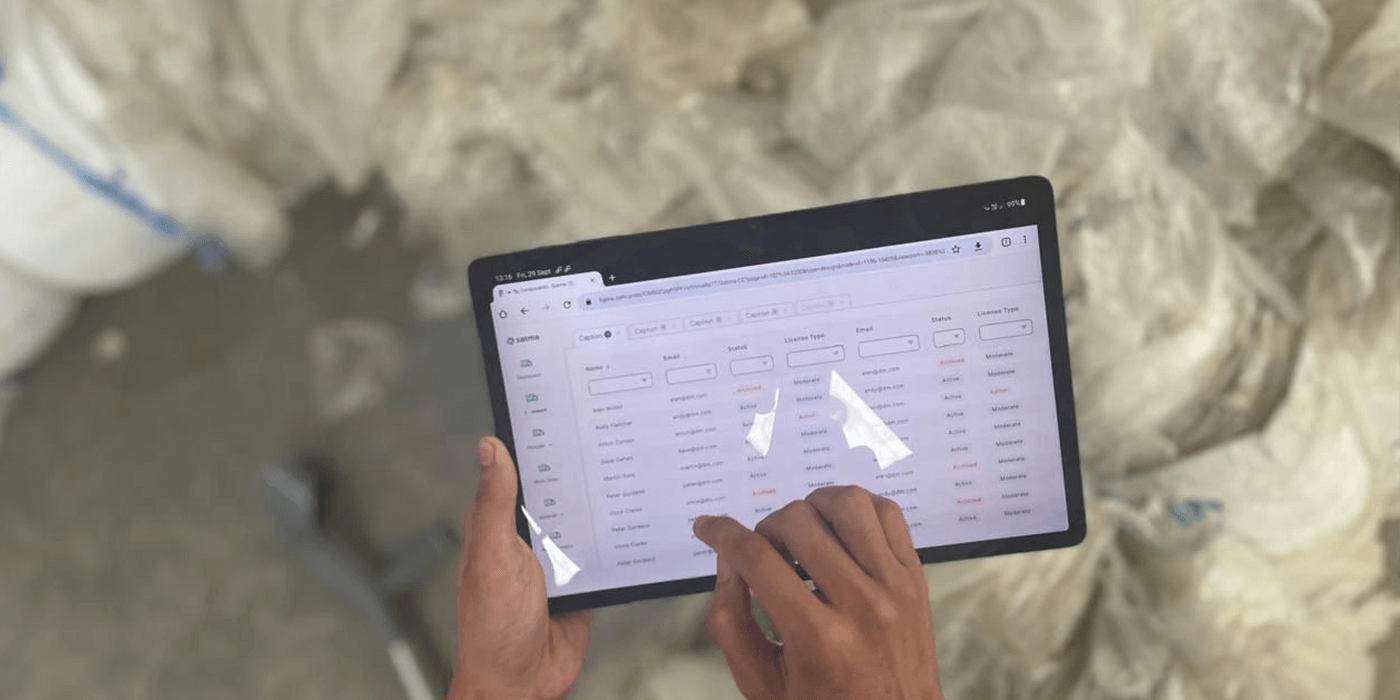
Here’s how Lucro ensures complete traceability:
End-to-End Tracking: From the moment waste is dropped off—whether by a waste picker, aggregator, or through a municipal partnership—every movement is tracked. From segregation to recycling to packaging production, we map the material’s complete circular journey.
Proof for Our Partners: Each invoice generated can include:
- Source of the waste
- Quantity of post-consumer waste used
- Environmental impact metrics (carbon savings, water saved, etc.)
- This allows our brand partners to confidently meet regulatory and sustainability targets.
- Traceability mapping of material from collection to final product manufactured.
- Chain of custody of material as it is being transformed.
- Certifications
- QR Code on Final Products
- GPS tagged images of waste gone into making the product.
Our packaging comes with QR codes that give consumers and partners a transparent look at the entire chain of custody—from waste to finished product.
Satma CE has become a core part of our internal governance—helping our teams, clients, and regulators see the full picture. It enables compliance reporting, material certification, and ESG data delivery in a seamless, digitized format.
It has helped us track our social impact. Our system creates vendor passports which includes all details on who collected the waste, other details that the vendor shares with us and how they’re compensated.
Unlike many in our sector, we pay waste suppliers in real-time. Thanks to Satma, we conduct instant quality assessments and approve payments within minutes—reducing financial pressure on first-mile workers and improving trust.
Satma’s inventory module, built for the waste sector, helps us avoid dead stock, plan better purchasing, and maintain a healthy working capital cycle—ensuring we buy only what we need, when we need it. We go beyond weight-based reporting. Each batch is analyzed for quality, contamination, and profitability—helping us rate vendors and improve purchasing decisions across the board.
With regulatory pressure mounting and consumer expectations rising, green claims must be backed by real data. Lucro’s traceable supply chain ensures that when we say a product is made from recycled waste, we can show the exact story behind it—from the streets it came to the packaging it became.
We have created a circular economy that isn’t just about recycling—it’s about accountability, equity, and technology working hand in hand.

